Mystery Solved: Shipwreck Appears 120 Years After the Crew Washed Ashore
In July 1904, the steamship SS Nemesis journeyed toward Melbourne, Australia, from Newcastle, carrying coal and 32 people on board. However, a powerful storm came in and caused the ship to vanish.
Weeks after the Nemesis vanished, the sea relentlessly returned the remains of the crew and debris from the ship, but the 240-foot vessel itself seemed swallowed by the depths. Then, over a century later, explorers unearthed the lost ship from its watery grave.
The Discovery of the Nemesis?
“The 120-year-old mystery of SS Nemesis and the 32 crew members lost at sea has been solved,” government officials declared in a news release.
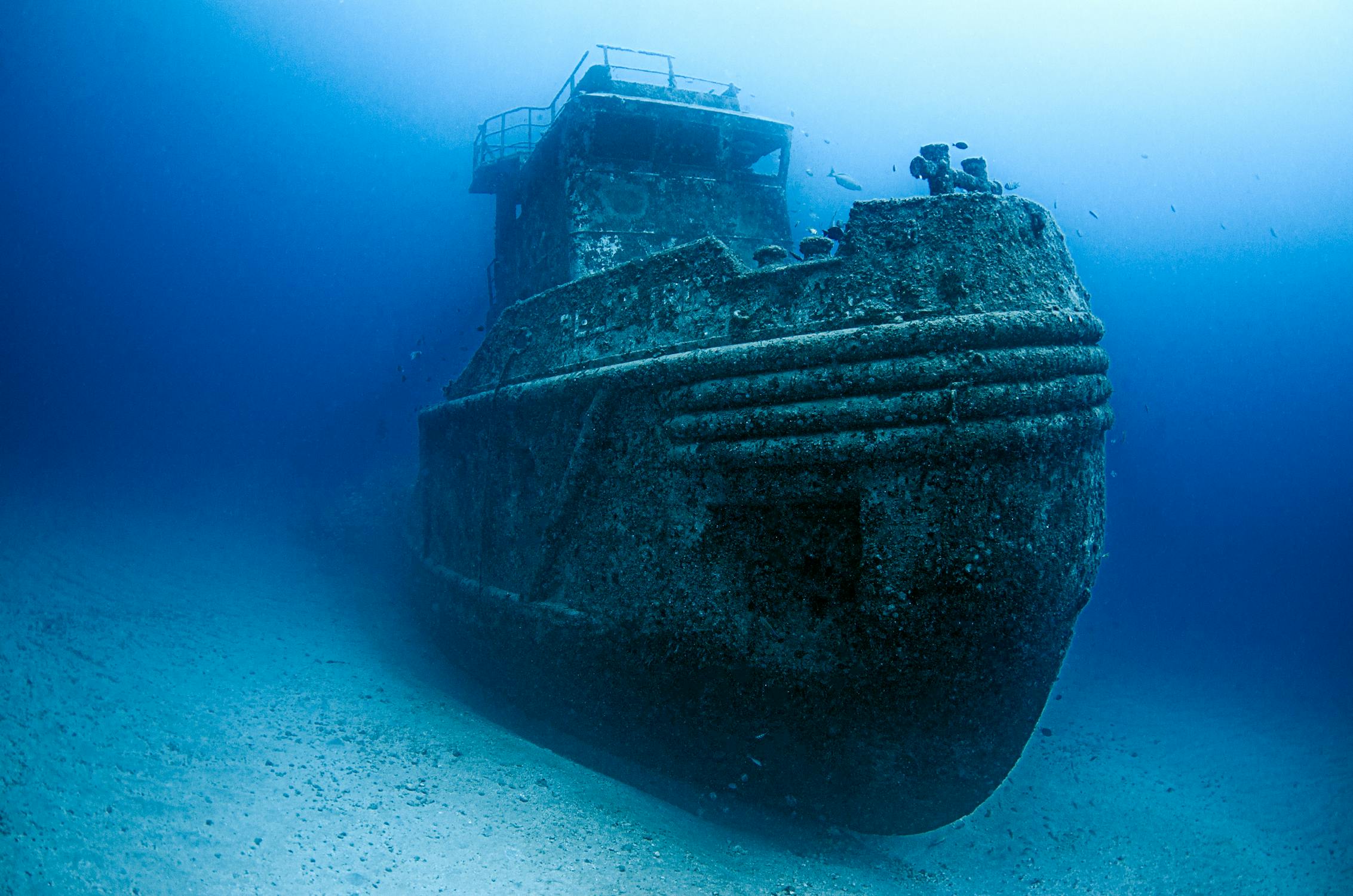
Source: Leonardo Lamas/Pexels
Subsea Professional Marine initially spotted the ship while searching for sunken shipping containers. Following this, the New South Wales Ministry of Environment and Heritage announced the identification of the ship as the Nemesis.
Who Discovered the Nemesis?
Officials reported that Subsea Professional Marine, a remote sensing company, discovered the shipwreck by chance while attempting to locate cargo boxes lost off the coast of Sydney.
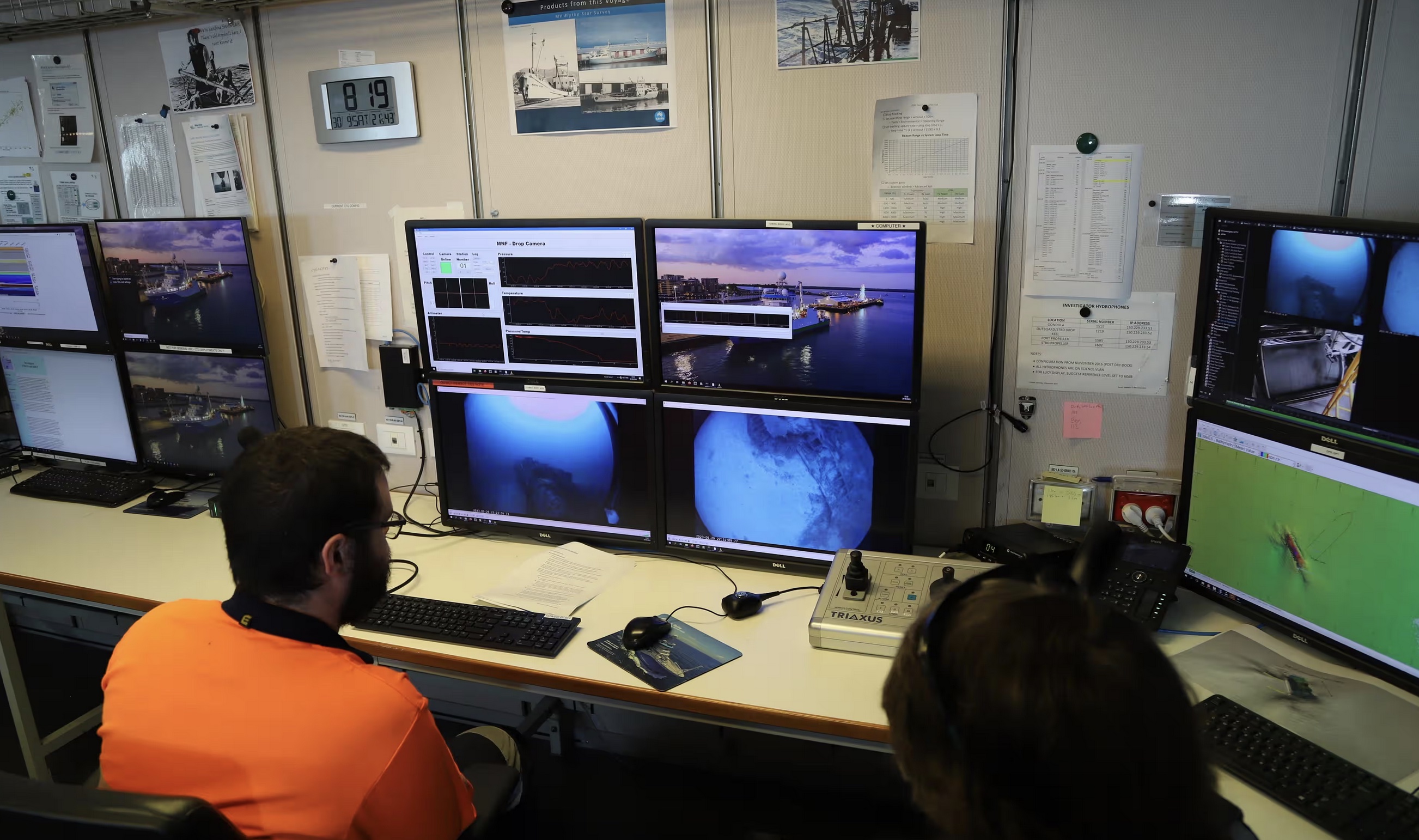
Source: CSIRO
The vessel was located about 16 miles off the coast and 525 feet underwater. At the time, the vessel was unidentifiable.
People Believed the Wreck To Be the Missing Steamboat
Government officials believed that the wreck might be the Nemesis. The Commonwealth Scientific and Industrial Research Organisation (CSIRO) of Australia first mapped the seafloor using advanced multibeam echosounders.
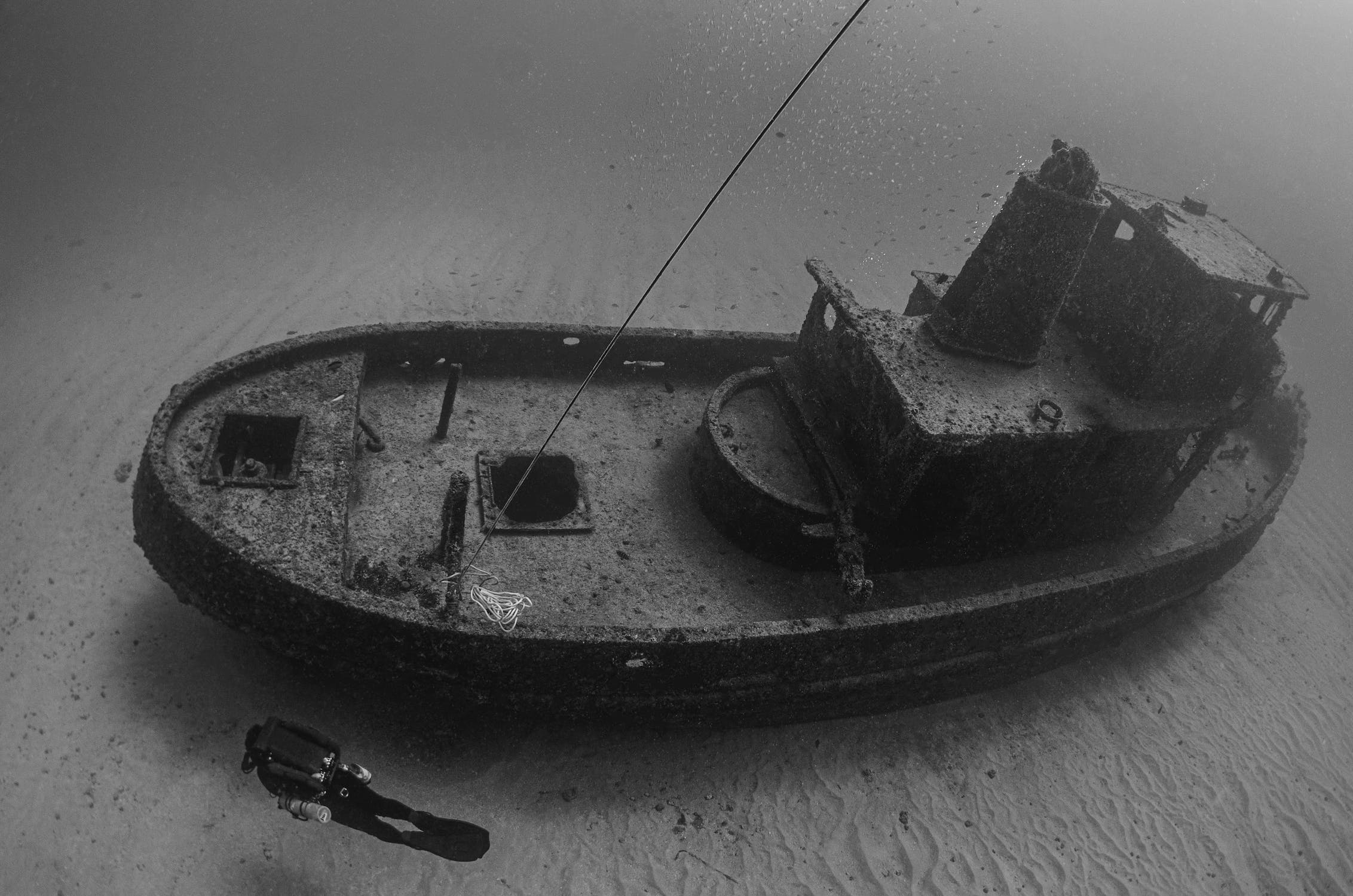
Source: Leonardo Lamas/Pexels
After creating a map of the ocean floor and the debris around it, CSIRO sends an underwater camera to capture images of the vessel to confirm the government’s belief.
Cameras Uncover the Mystery of the Nemesis’s Disappearance
“The wreck is located towards the edge of the continental shelf and is sitting upright on the seafloor but is showing significant damage and deterioration at both the bow and stern,” CSIRO hydrographic surveyor Phil Vandenbossche explained in a press release.
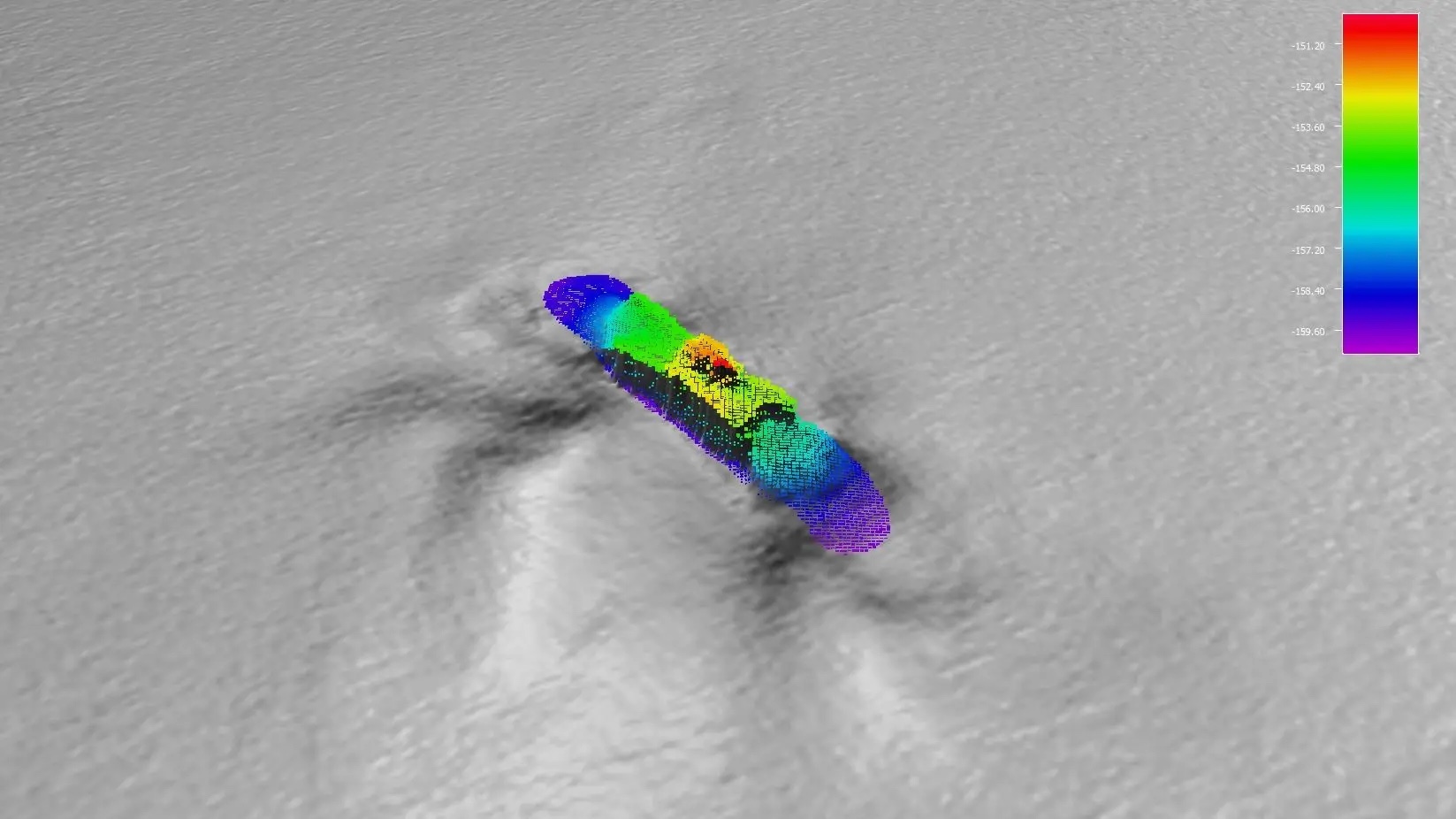
Source: CSIRO
Vandenbossche continued: “Our visual inspection of the wreck using the drop camera showed some key structures were still intact and identifiable, including two of the ship’s anchors lying on the seafloor.”
Video and Images Are Putting the Ship Back Together
Videos and images of the wreck and are stitching them together to create a 3D model of the SS Nemesis in its current condition. Doing this will help researchers investigate the ship’s future.
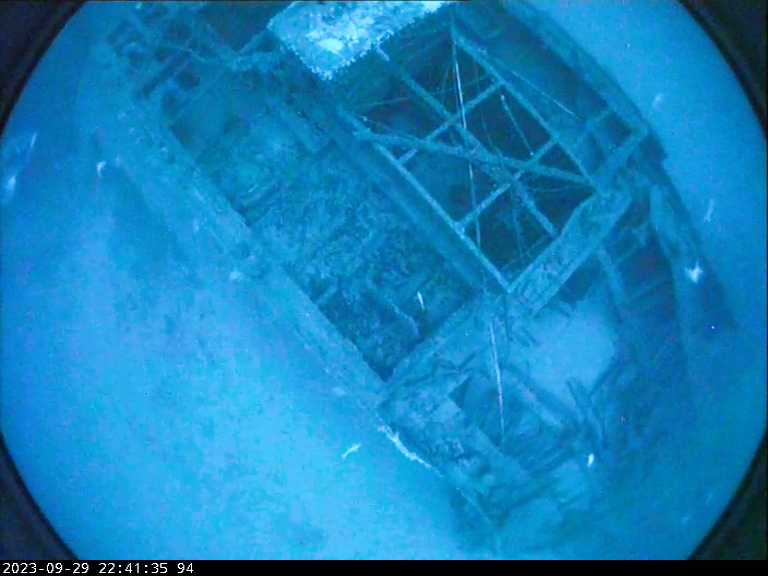
Source: CSIRO
Heritage New South Wales (NSW) urges those with potential family connections to the 32 crewmembers who died during the shipwreck to contact them.
Closing the Book on the Nemesis
“Around 40 children lost their parents in this wreck, and I hope this discovery brings closure to families and friends connected to the ship who have never known its fate,” said NSW Minister for Environment and Heritage Penny Sharpe.
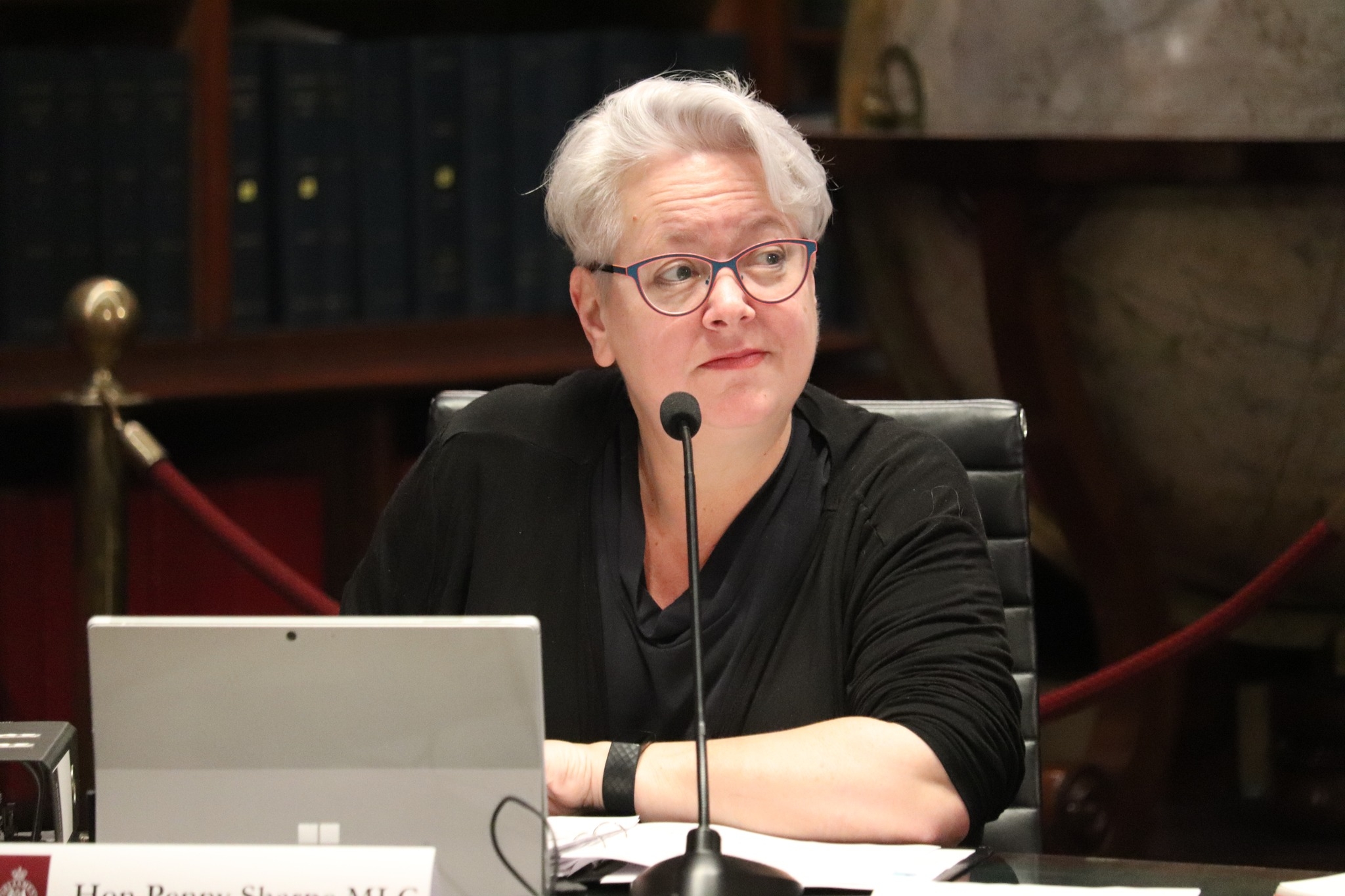
Source: Penny Sharpe/Facebook
“The wreck is one of many thousands of shipwrecks that lie along the Australian coastline, with many still to be found,” Senior Maritime Archaeologist with Heritage NSW, Dr. Brad Duncan, added.
The Nemesis Claimed the Lives of Many Family Members and Friends
Duncan continued, stating, “This discovery and confirmation of the wreck’s identity not only provides significant archaeological information about the ship and wrecking event but, more importantly, may offer some solace to the families and friends of those who perished onboard as it provides a location at which they can mourn their loved ones.”

Source: Julius Silver/Pexels
NSW encourages any persons with family connections to former Nemesis crew members to reach out as soon as possible.
What Caused the Nemesis to Sink?
As of right now, researchers and officials believe that they have discovered what caused the Nemesis to sink on that ill-fated day in July. They concluded that a large wave struck the Nemesis off the coast of Wollongong.
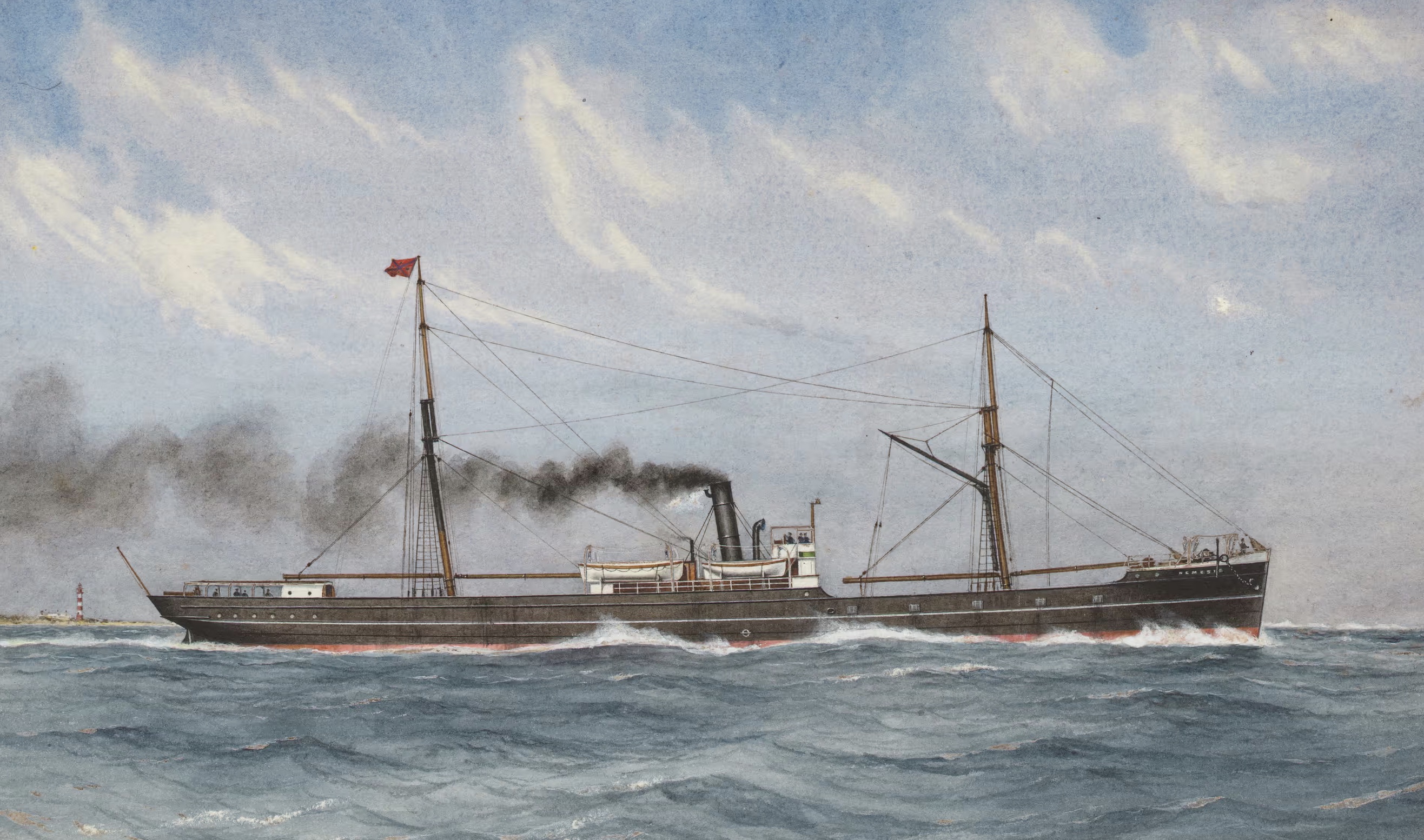
Source: CSIRO
The weight and amount of water crashing down on the ship overwhelmed it, causing the engine to stop working and preventing the deployment of lifeboats as the ship sank too quickly.
The Uncovering of Nemesis’s Story
“The loss of Nemesis has been described as one of Sydney’s most enduring maritime mysteries and has even been described by shipwreck researchers as the ‘holy grail,'” Sharpe said.
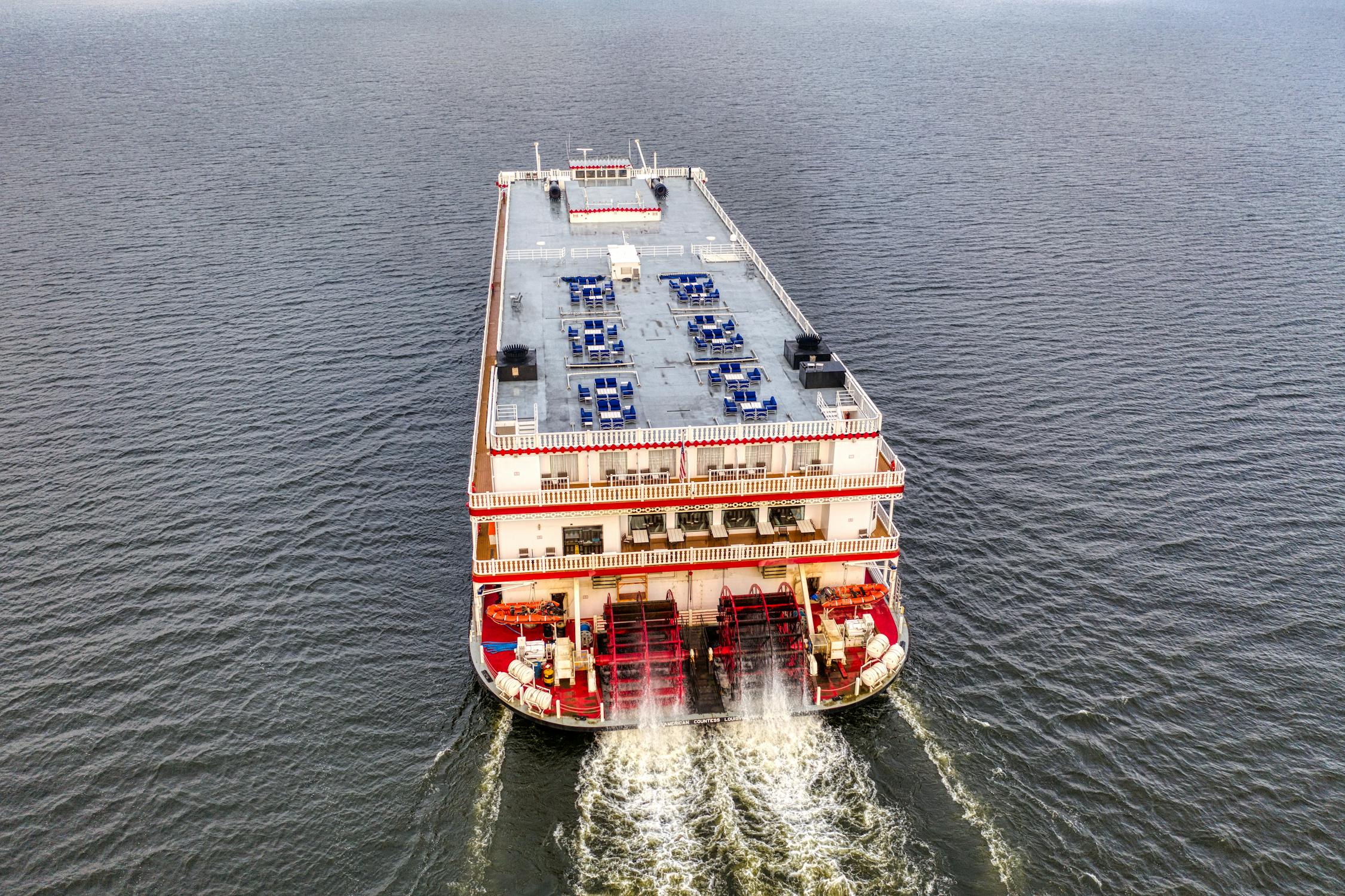
Source: Tom Fisk/Pexels
Sharpe continued, saying, “Thanks to collaborative work with CSIRO and Subsea, using modern technology and historical records, Heritage NSW has been able to write the final chapter of SS Nemesis’ story.”
A Year of Uncovering Shipwrecks
Researchers made the discovery of the wreck of the MV Blythe Star, a coastal freighter that sank almost 50 years ago off the coast of Australia, public a month after finding it.

Source: Pixabay/Pexels
In the 1940s, in Lake Superior, people discovered the SS Arlington sinking. The crew survived, but for mysterious reasons, the captain remained with the ship.
The Nemesis Is an Important Find
In Australia, researchers have only discovered about half of the 200 shipwrecks believed to be off the coast of New South Wales. The Nemesis, which has been added to this list, has garnered praise as an “important find.”
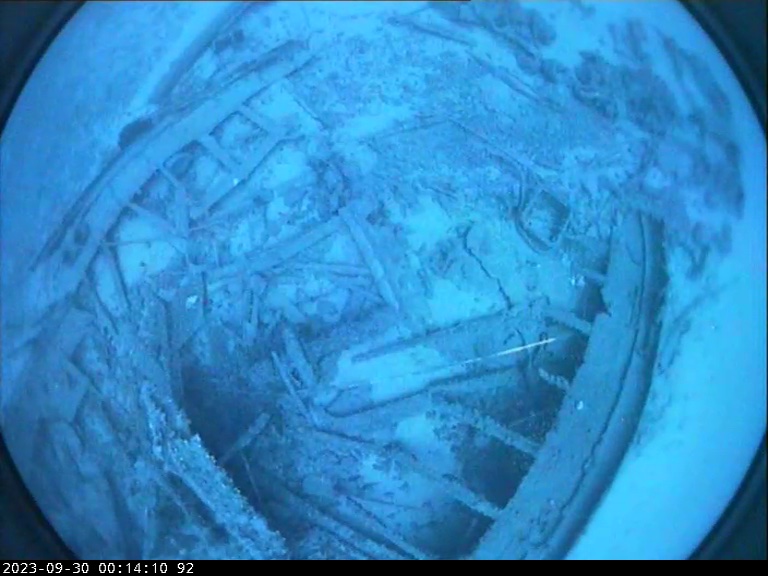
Source: CSIRO
“Every Australian should take heart in the curiosity and persistence our scientists have shown in this project, as they do in all their work,” Australia’s science minister Ed Husic said.
